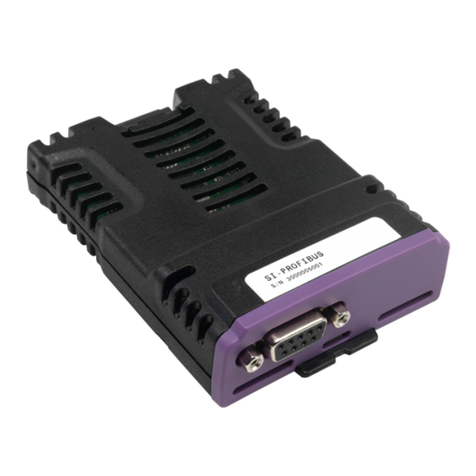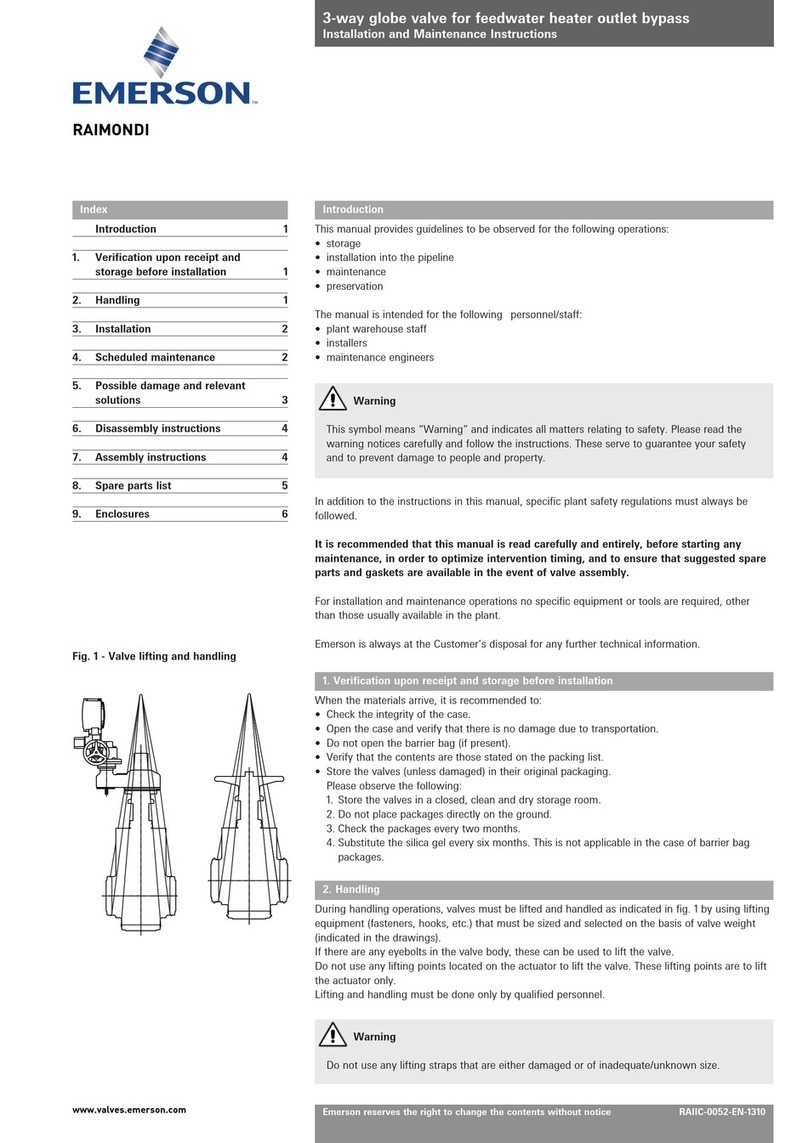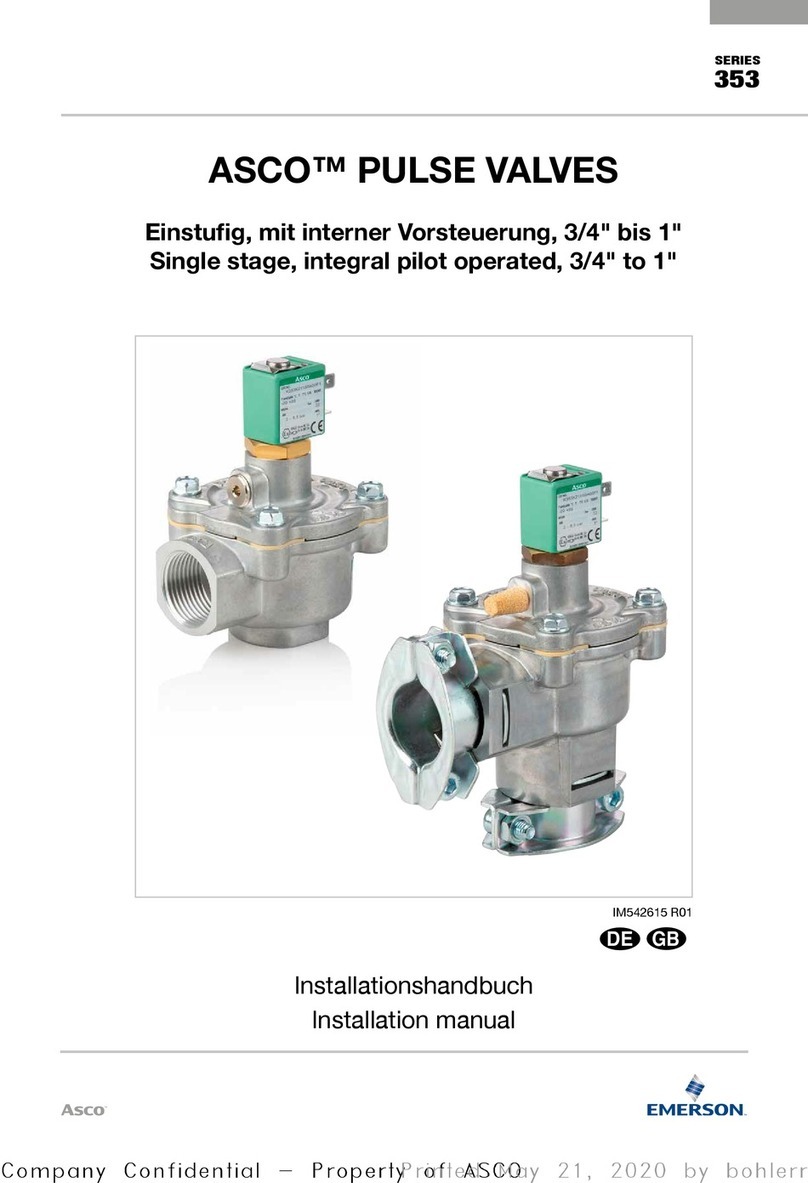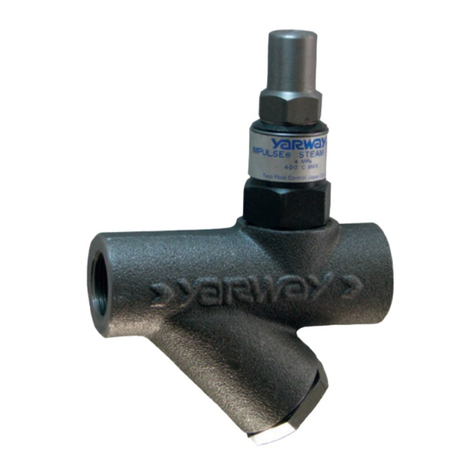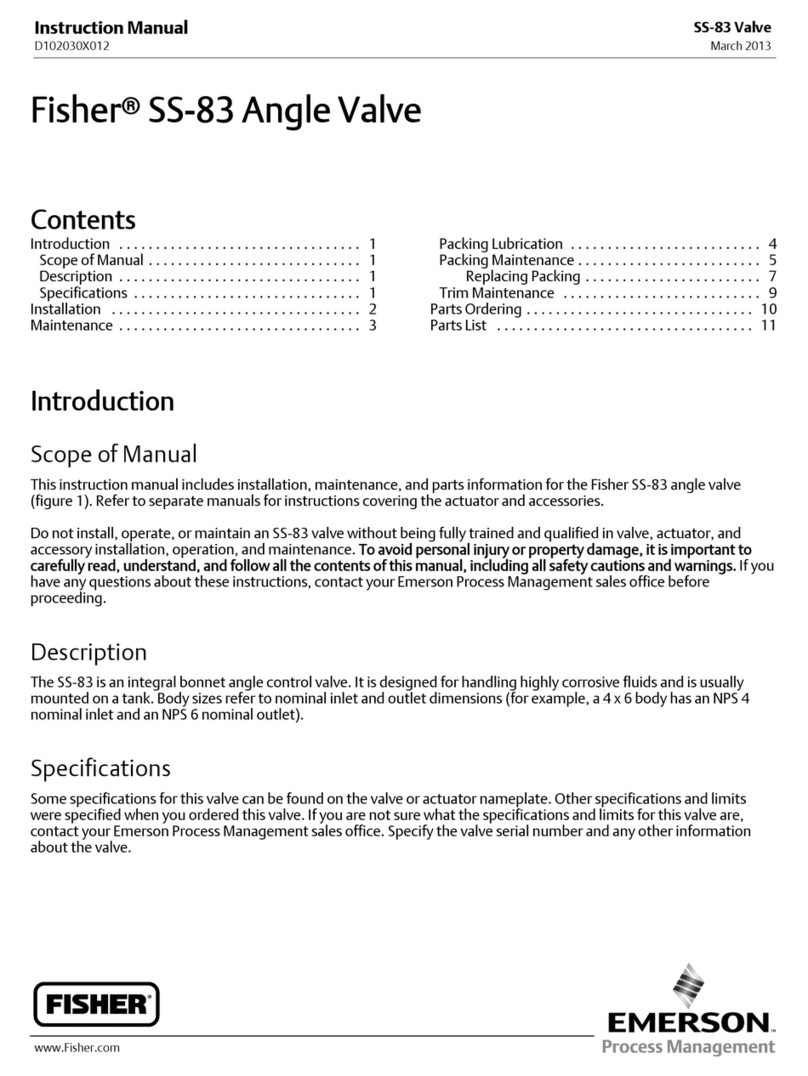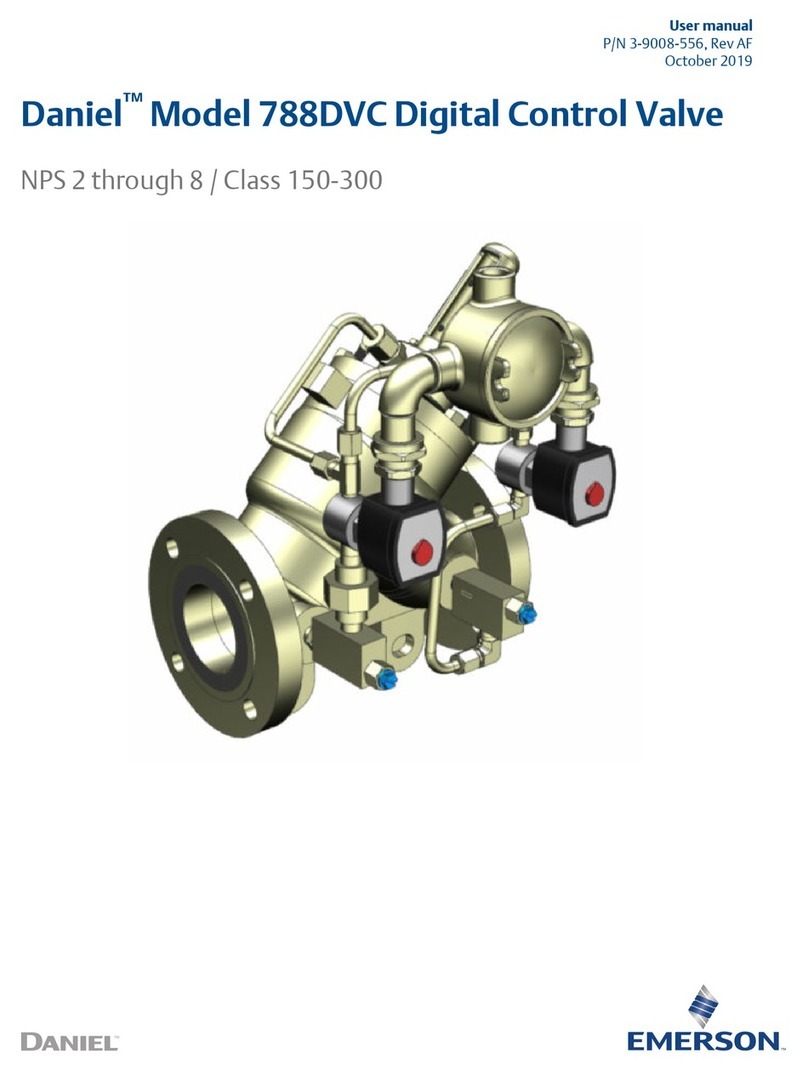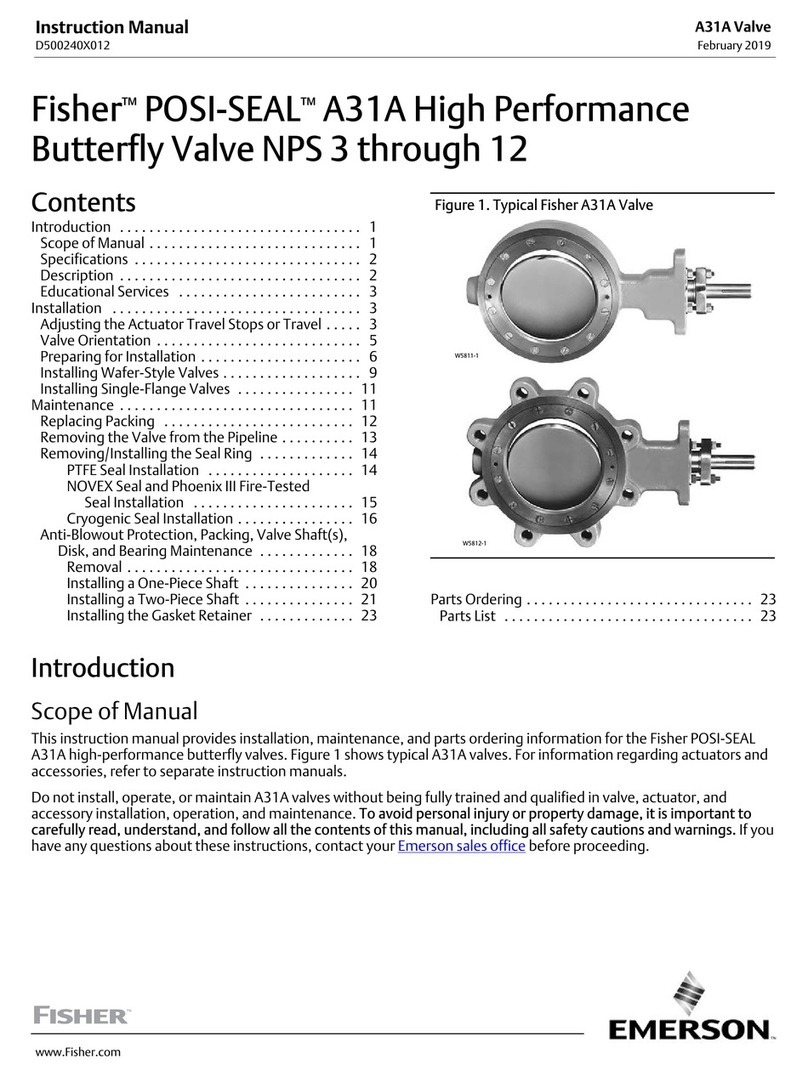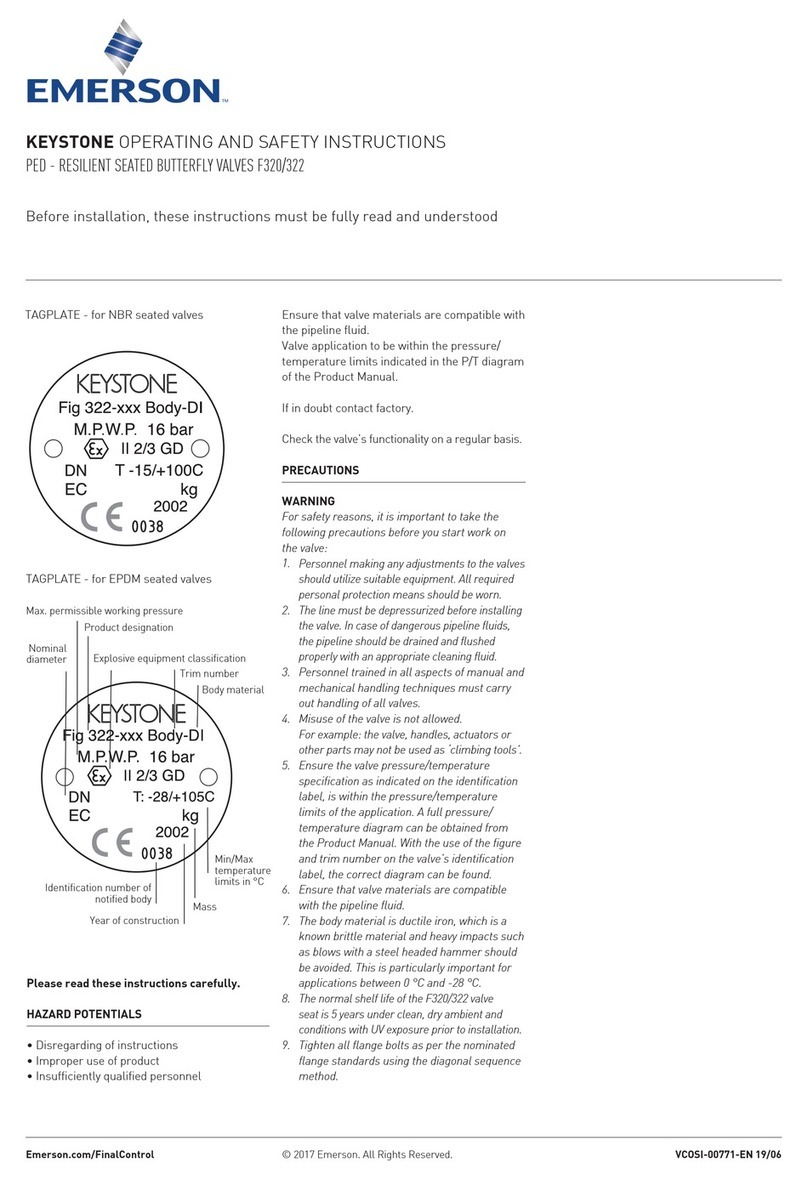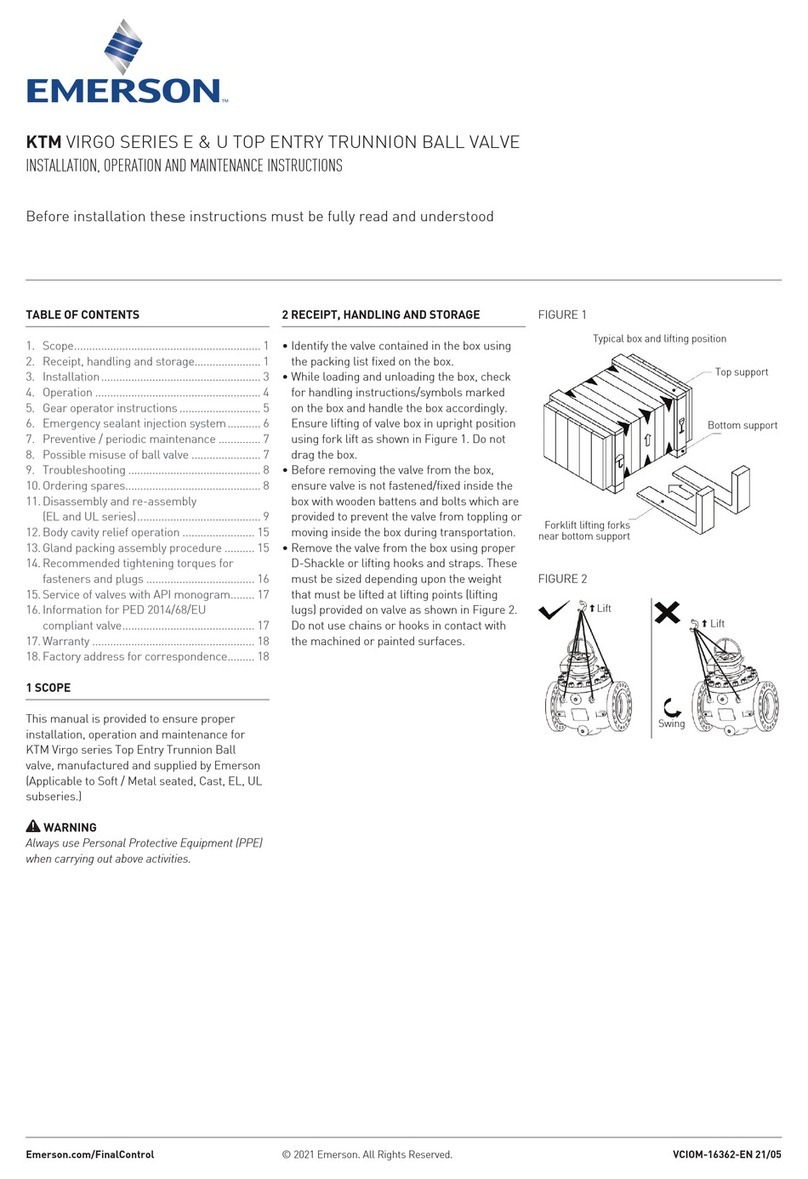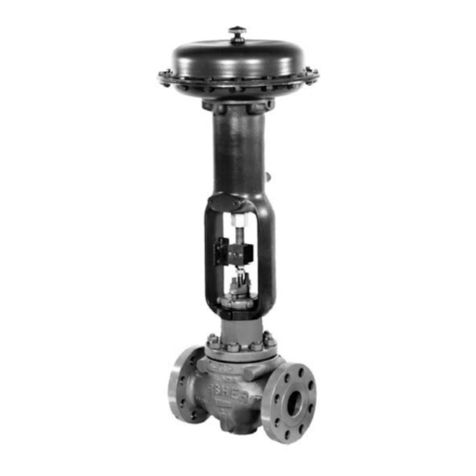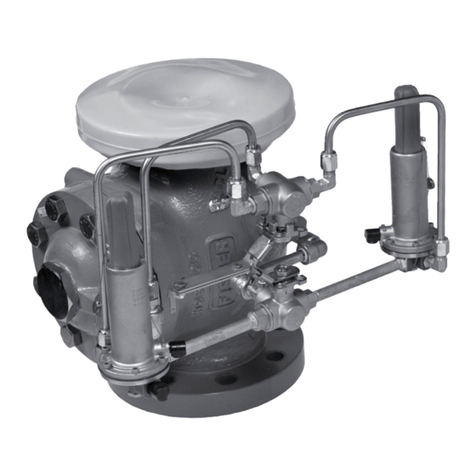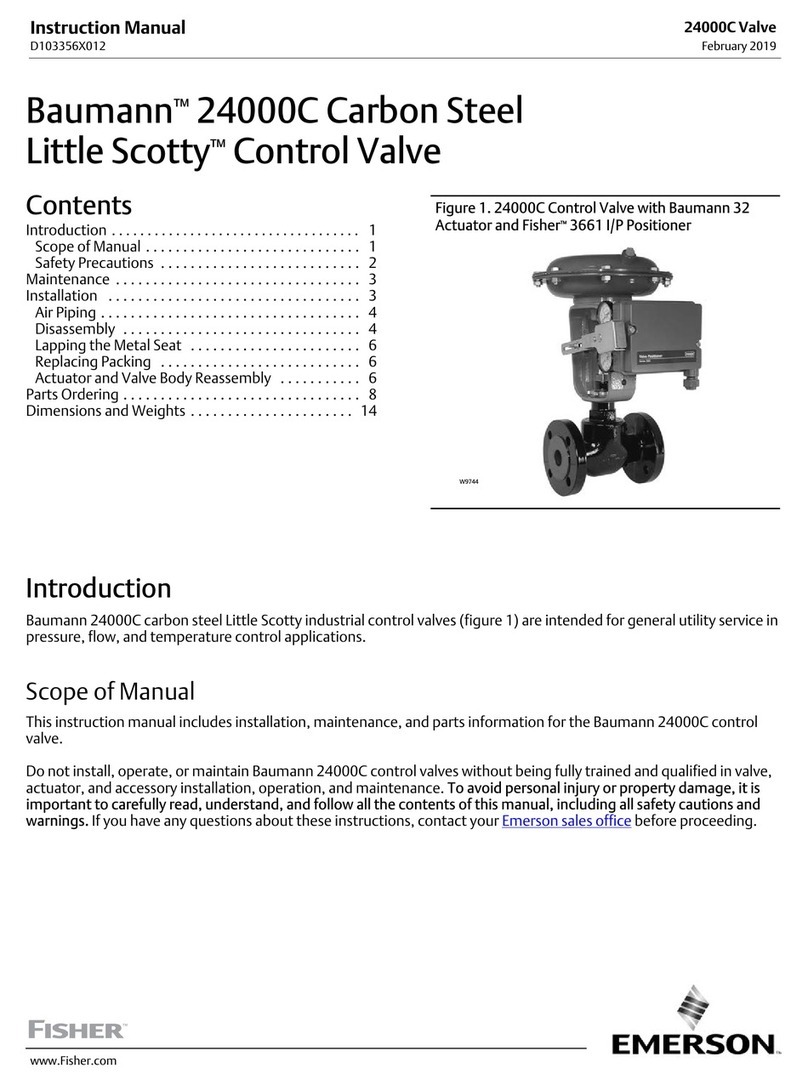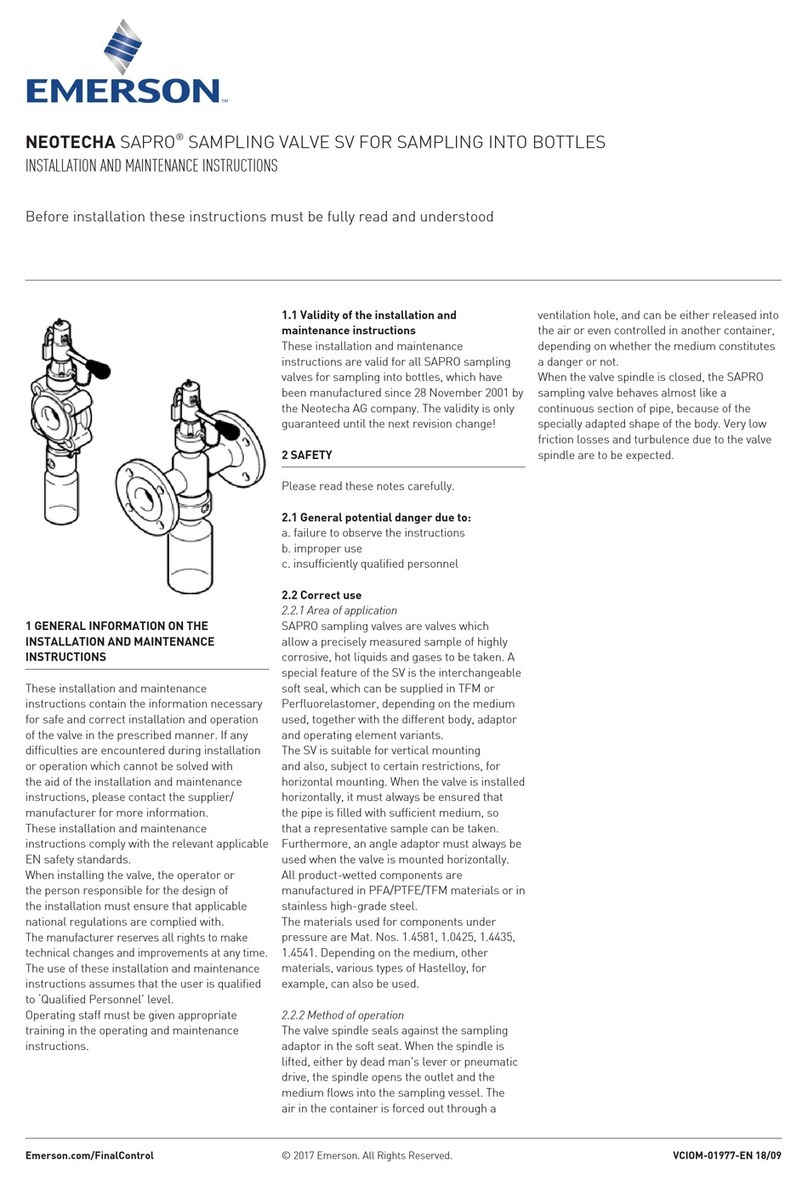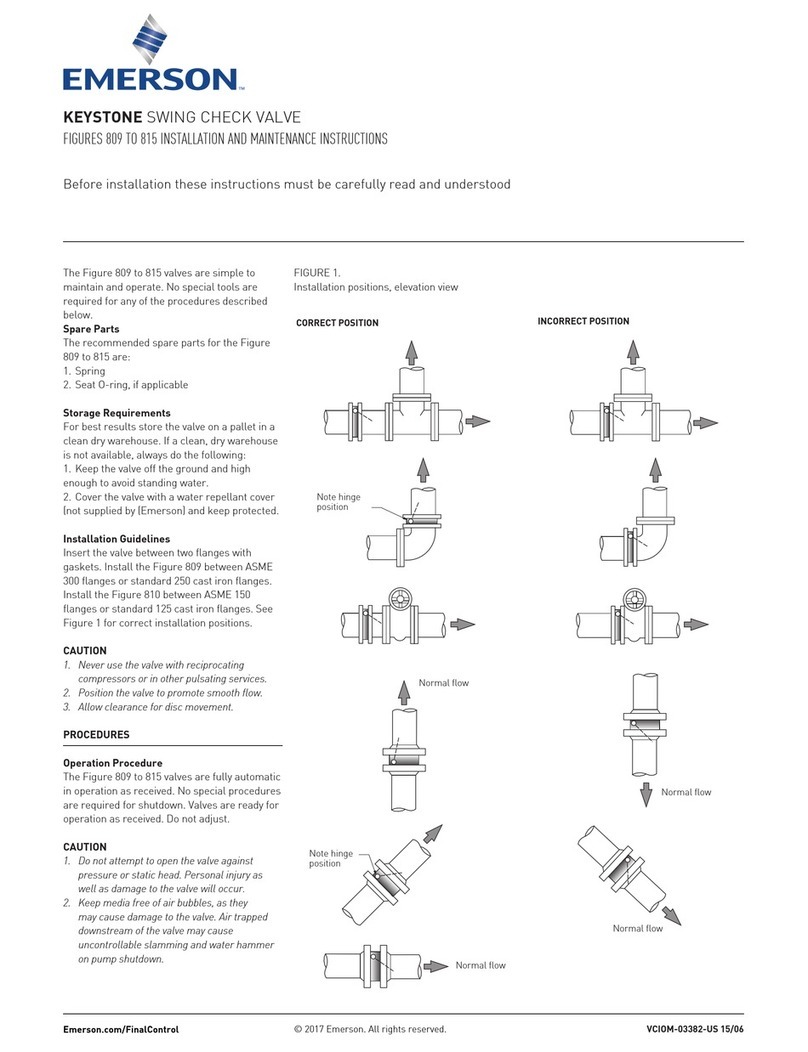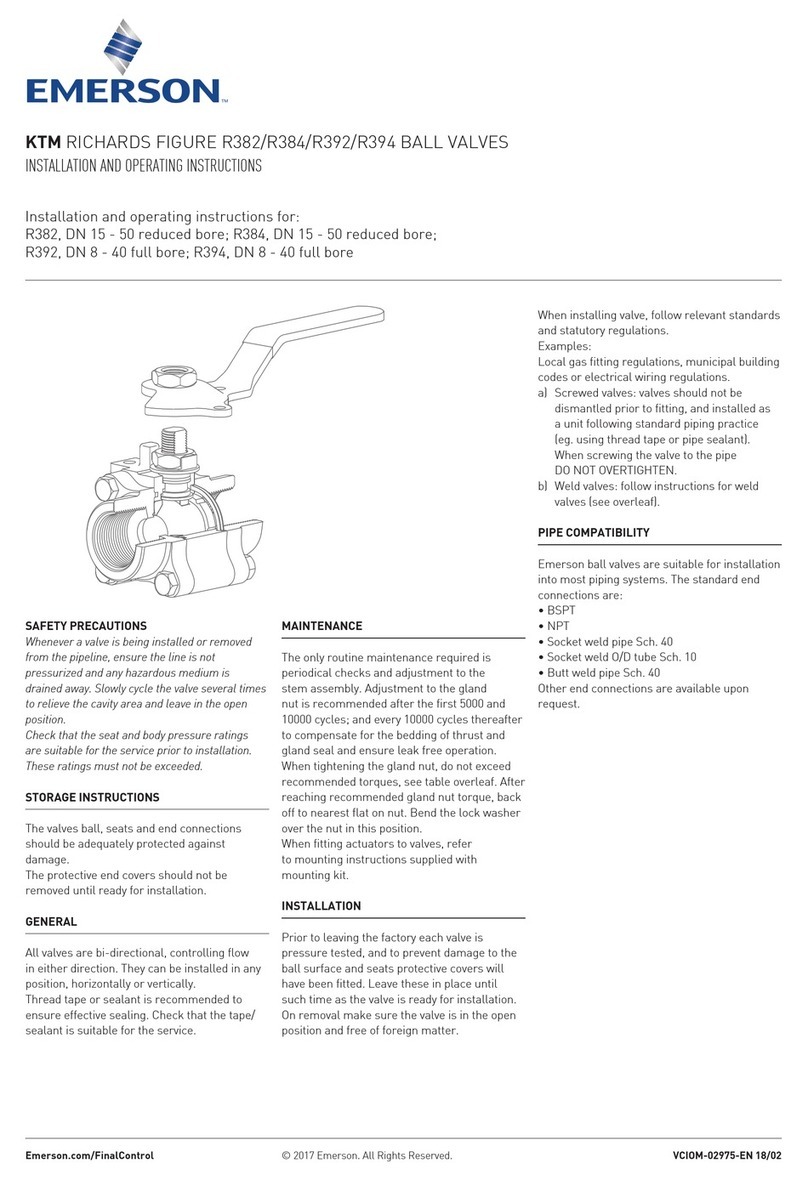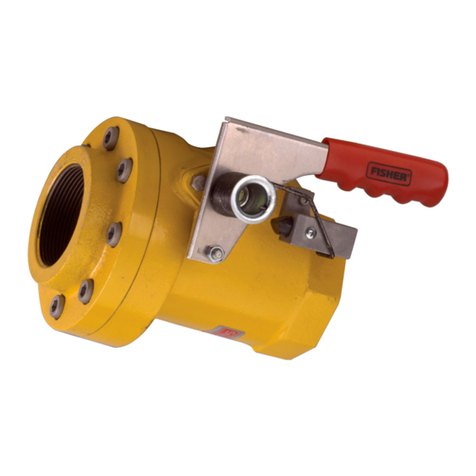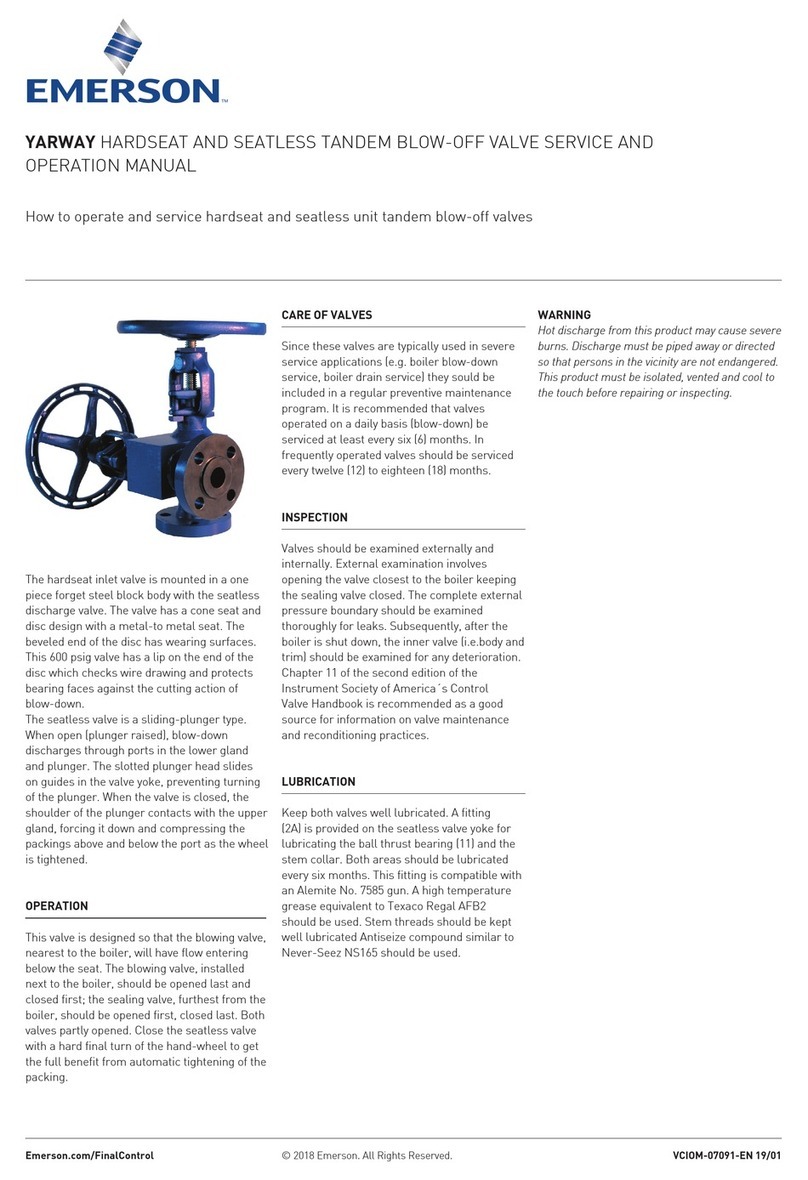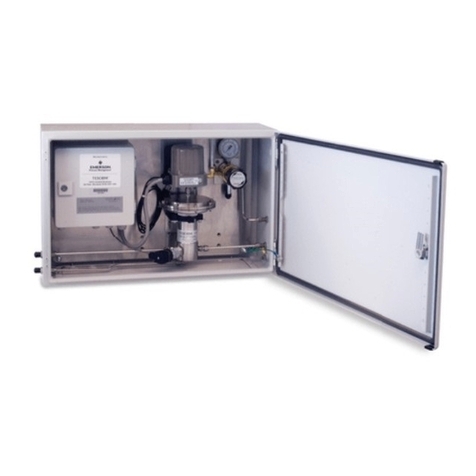
2
KTM SERIES POWDER DISCHARGE SYSTEM (PDS) BALL VALVES
OPERATING AND SAFETY INSTRUCTION
2.3 Cautions for disassembly and assembly
of the valve
For the valve structure, see the drawing of
delivery.
When disassembling and assembling the valve,
be careful for the following matters.
a. Since fluid (gas or liquid) pressure may be
left as it is inside the cavity of the valve body,
discharge the pressure by open the drain
plug, or open or close the valve to discharge
the pressure from the cavity. After making
sure there is no pressure inside the cavity
any longer, disassemble the valve.
b. If fluid for use in the valve is physically
harmful, or strongly inflammable, clean
the valve and pipes adequately so that no
fluid remains inside the cavity of the valve
body. After making sure there remains no
fluid used inside, disassemble the valve.
In this case, too, it is effective to repeat
opening and closing the valve a number of
times before disassembling and assembling
the valve.
c. Handle the spherical surface of the ball and
each seal with care not to dent or flaw them.
d. In order to protect the spherical surface
of the ball and the seat from being dented
or flaw, fully close the valve before
disassembling or assembling it.
e. When assembling the valve, replace all the
gaskets, stem bearing and thrust bearing
with new ones.
2.4 Disassembly
The following provides a procedure for
disassembling the valve required for
maintenance and checkup, or troubleshooting
of the valve.
1. Removal of the actuator (pneumatic torque
cylinder).
See drawing AE0106-7437
a. Shut off operational pneumatic pressure
and operational electric power supply,
and remove the pneumatic piping and
electric wiring from the ac-tuator.
b. Remove all of the attachments that
may threaten to be damaged by the
disassembly.
c. Mark both yoke (2) and valve (1) with tally.
d. Unfasten Hex Socket Head Bolt (7) from
connector and remove con-nector (3)
from the valve stem.
e. Unfasten anchor nuts to remove both
actuator (4) and yoke (2) together from
valve (1).
2. Disassembly of the valve.
See drawing HE0106-7477
a. Remove key (41) from stem (4), unfasten
nut (32) to remove gland flange (31)
from the valve. Next, unfasten nut (37) to
remove EXT. bonnet (13) from the valve.
(Then, removing the gland packing from
the valve makes the removal work easy.)
b. Extract stem (4) from valve body (1)
(Since there is a female threaded hole
on the top of stem (4), screwing an
eyebolt, or the like in the hole makes
the extraction easy. Moreover, the use
of a jig as shown in Figure 1 makes the
extraction easier.)
c. Unfasten nut (39) to remove lower cover
(14) and shim (44). Next, extract lower
stem (5) from valve body (1).
(Since there is a female threaded hole
on the under surface of lower stem (5),
screwing an eyebolt, or the like in the hole
makes the extraction easy. Moreover, the
use of a jig as shown in Figure 1 makes
the extraction easier.)
d. Unfasten nut (35) to remove body cap
(2) from valve body (1). After that, ball
(3) from valve body (1) with care not to
scratch or flaw the spherical surface of
the ball.
e. Remove seat (6), O-ring (9), spring holder
(7) and spring (8) from the valve body.
Then, be careful for spring (8) set in the
back of spring holder (7) not to be lost.
f. Also, disassemble seat (6) attached to
body cap (2) in the same manner as the
procedure described in step (e) above.
c. Gland seal
The seal for the gland uses a packing made
of reinforced PTFE or Graphite. Since the
gland is the sliding section of the stem,
execute periodic checkup on the gland to
make sure there is no leakage from the
gland seal. In case even slight leakage
occurs from the gland seal, retighten gland
bolts uniformly to make sure the leakage
has been stopped. In case the leakage still
contin-ues, disassemble the valve to check
for the packing, make sure of the pres-ence
or absence of abnormality, and replace the
packing as required.
d. Mating face between the valve body and the
lower cover
The mating face between the valve body and
the lower cover uses a gasket. Make sure
there is no leakage from the mating face.
In case even slight leakage occurs from the
mating face, retighten bolts and nuts for
the mating face. In case the leakage still
continues, disassemble the valve, check for
the gasket to make sure of the presence
or absence of abnormality, and replace the
gasket as required.

